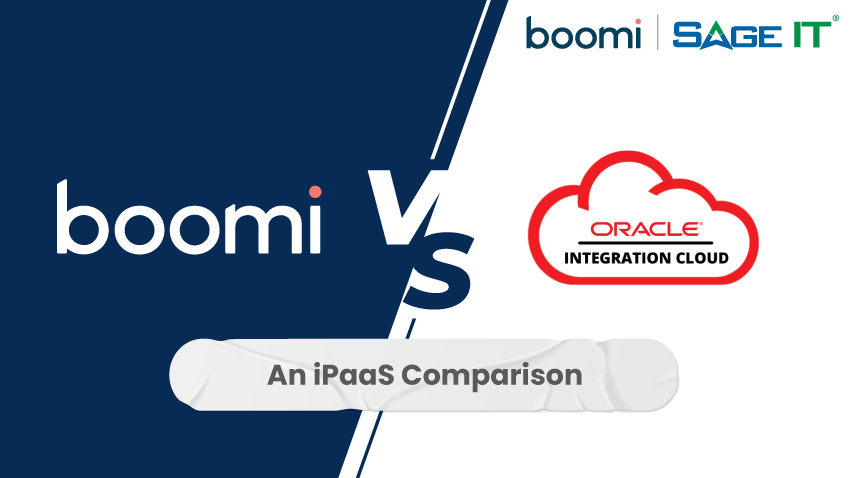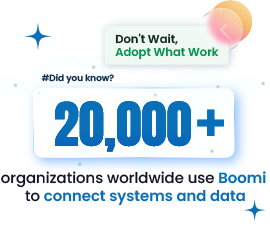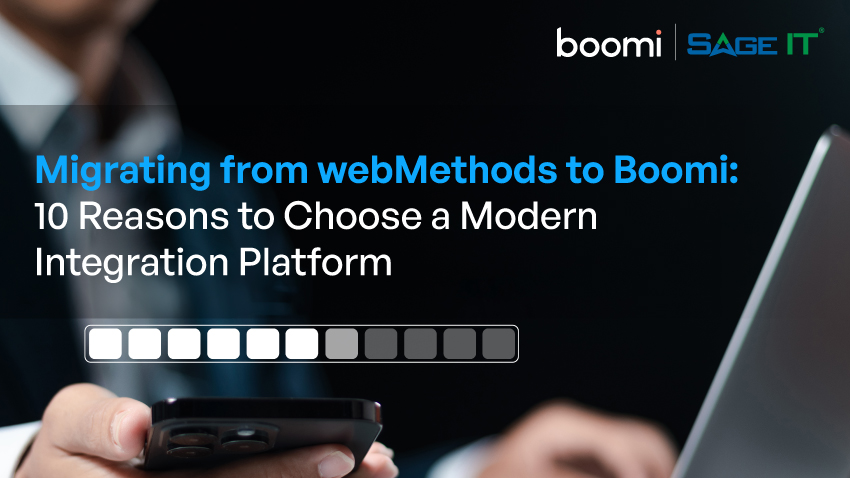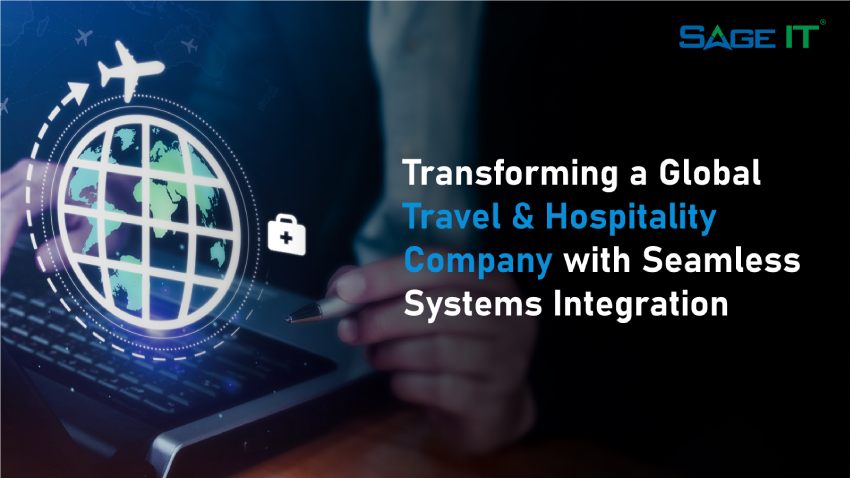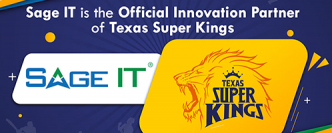IT teams are under growing pressure to manage increasing integration demands, enable real-time data flow, and adopt cloud technologies—all while keeping costs under control and meeting compliance standards. With 81% of IT leaders struggling with data silos that slow down digital transformation, selecting the right integration platform is crucial. The wrong choice can lead to delays, more manual work, and rising costs. That’s why many organizations are turning to iPaaS solutions like Boomi and OIC.
So, which one makes the most sense for your business?
Boomi’s cloud-native, low-code automation speeds up integrations, making it easier to connect systems and scale fast. On the other hand, OIC’s tight integration with the Oracle ecosystem makes it a strong choice for enterprises focusing on process automation, governance, and legacy system modernization.
This guide breaks down the strengths of both platforms.
Boomi vs Oracle Integration Cloud – Feature Comparison
Quick Overview
| Feature | Boomi | Oracle Integration Cloud | Which is Best |
|---|---|---|---|
| Data Mapping | AI-powered Boomi Suggest automates mapping. | Requires manual configuration for mappings. | Boomi |
| Error Resolution | Boomi Resolve provides AI-powered troubleshooting. | Manual error tracking, lacks automated resolution. | Boomi |
| Prebuilt Connectors | Extensive third-party connectors (Salesforce, SAP, QuickBooks, etc.). | Deep Oracle SaaS adapters (ERP, HCM, CRM). | Depends on need |
| Process Automation | Basic workflow automation. | Advanced process orchestration for enterprise workflows. | OIC |
| Event-Driven Messaging | Supports queue-based messaging. | Real-time event-driven integration. | OIC |
| Analytics & Monitoring | Standard technical monitoring dashboard. | Integration Insight for business intelligence. | OIC |
| AI-Guided Integration | Boomi AI (Suggest, Assure, Resolve) automates design, testing, and error resolution. | Lacks AI-driven integration capabilities. | Boomi |
| Testing & Reliability | Boomi Assure offers automated regression testing. | Requires manual validation, lacks automated testing. | Boomi |
Detailed Comparison
1. AI-Guided Data Mapping: Boomi Suggest vs. Oracle Integration Cloud (OIC)
Data mapping can be tedious, especially when manually aligning fields across multiple applications. Boomi Suggest takes the guesswork out of the process using AI-powered recommendations from over 300 million anonymized integrations. Automated data mapping makes integrations faster, easier, and more reliable.
On the other hand, Oracle Integration Cloud relies on prebuilt templates and guided wizards, but mapping still requires manual effort. This means more time spent configuring mappings and a higher chance of human error.
For faster, AI-driven data mapping that reduces manual effort, Boomi Suggest leads the way.
2. Testing & Reliability: Boomi Assure vs. Oracle Integration Cloud
Testing integrations before deployment is essential but often takes too much time and effort. Boomi Assure changes that by automating regression testing and validating integrations against a massive library of real-world test cases. This helps catch issues before they cause problems in production.
In contrast, Oracle Integration Cloud doesn’t have built-in regression testing. Instead, manual validation or third-party testing tools are required, which adds complexity and increases the risk of unnoticed issues slipping through.
Boomi Assure simplifies testing, making it easier to launch error-free integrations.
3. Error Troubleshooting: Boomi Resolve vs. Oracle Integration Cloud
Nothing slows down operations like an integration failure with no apparent explanation. Boomi Resolve takes a proactive approach by detecting errors automatically and suggesting solutions. Instead of searching through logs, the system provides actionable insights to fix issues quickly and keep everything running smoothly.
Oracle Integration Cloud offers logging and monitoring tools but does not offer AI-driven troubleshooting. Fixing errors often means manually diagnosing issues, which can be slow and frustrating.
For AI-assisted troubleshooting that helps resolve issues faster, Boomi Resolve is the better choice.
4. Prebuilt Connectors: Boomi vs. OIC’s Oracle Adapters
Most organizations don’t operate in a single-vendor ecosystem. Boomi’s vast connector library supports seamless integrations with popular third-party apps like Salesforce, Workday, SAP, QuickBooks, and Shopify. Prebuilt connectors eliminate custom development, making integrations easier to deploy.
Oracle Integration Cloud is built for deep integration within Oracle applications. While Oracle ERP, HCM, and CRM integrations work smoothly, integrating with non-Oracle apps often requires additional effort or customization.
For flexible, prebuilt integrations across various platforms, Boomi has the upper hand.
5. Process Automation: OIC’s Business Workflows vs. Boomi’s Workflow Automation
Modern businesses need more than just data integration—they need full-scale process automation. Oracle Integration Cloud offers enterprise-grade process automation, allowing teams to orchestrate complex workflows involving both applications and human approvals. Prebuilt templates make it easier to automate routine processes.
Boomi provides workflow automation but primarily focuses on moving data between applications. While great for simplifying integrations, it doesn’t offer the same level of process automation as OIC.
For organizations looking for complete business process automation, OIC is the better fit.
6. Event-Driven Messaging: OIC’s Real-Time Events vs. Boomi’s Queuing Model
When real-time responsiveness matters, event-driven messaging can make a huge difference. Oracle Integration Cloud supports native business event handling, enabling applications to react instantly to changes and trigger automated workflows.
Boomi, on the other hand, uses a queue-based messaging model. While effective, it doesn’t provide the same level of real-time event processing found in OIC’s architecture.
For real-time event handling that triggers instant actions, OIC provides the advantage.
7. Integration Monitoring & Insights: Boomi Dashboard vs. OIC’s Integration Insight
Keeping integrations running smoothly requires real-time visibility. Oracle Integration Cloud’s Integration Insight provides deep business-level analytics, helping teams track integration performance and understand how workflows impact business operations.
Boomi’s standard monitoring dashboard focuses more on technical performance, which is excellent for troubleshooting but lacks business intelligence features for process optimization.
For organizations looking for analytics-driven decision-making, OIC’s Integration Insight offers more value.
Factors to Compare Before Choosing Between Boomi and OIC
Deployment Model
A rigid deployment model can slow teams down, especially when juggling cloud, on-premise, and hybrid integrations. Boomi keeps things flexible, allowing organizations to choose between cloud-native, hybrid, or fully on-premise deployment. This makes it easier to align integrations with existing infrastructure without forcing a cloud-first approach.
Oracle Integration Cloud takes a different route, optimizing for Oracle Cloud environments. It’s designed for seamless Oracle SaaS and PaaS integration, offering deep connectivity to Oracle’s ecosystem. While it delivers strong cloud capabilities, its architecture leans heavily toward enterprises already invested in Oracle’s cloud services.
What’s the better choice? Boomi gives teams more control over where and how integrations are deployed, making it ideal for businesses that mix cloud and on-prem systems. Oracle Integration Cloud works best for companies already operating in Oracle’s ecosystem, ensuring tight integration with Oracle Cloud solutions.
API Management
APIs should make things easier, not harder, but managing them at scale can feel like a full-time job. Boomi’s API Management takes the hassle out of the process by letting teams build, test, and enforce policies all in one place. It automates governance, so there’s no need for constant oversight, and real-time monitoring helps catch issues before they become a problem. The developer portal makes API adoption smoother, cutting down the usual back-and-forth.
Oracle Integration Cloud approaches API management with security and control at the forefront. Its API Gateway acts as a checkpoint, handling traffic flow, access restrictions, and security enforcement for APIs linked to Oracle Cloud services. Features like rate limiting and traffic throttling prevent overuse, while support for OpenAPI standards keeps external integrations straightforward without exposing sensitive systems.
Which one fits best? Boomi keeps things simple and flexible, great for teams looking for quick deployment and easy oversight across different platforms. Oracle leans into security and structure, making it a better fit for enterprise teams handling complex, high-stakes API ecosystems.
Security & Compliance
Keeping data secure is non-negotiable, but balancing security with accessibility can be a challenge. Boomi prioritizes governance and access control, ensuring consistent security policies across APIs. It helps organizations reduce risk by enforcing compliance rules at every stage of integration, making security less of an afterthought. However, while Boomi offers strong policy enforcement, it doesn’t prominently highlight certifications like GDPR, SOC 2, or HIPAA compliance.
Oracle Integration Cloud, on the other hand, builds security directly into its enterprise framework. It adheres to strict industry standards, including GDPR, SOC 2, and HIPAA, ensuring that sensitive data remains fully protected and audit-ready. With detailed access controls and network monitoring, teams can track unauthorized activity and maintain compliance without additional third-party tools.
Which one fits the bill? Boomi ensures strong security governance, making it a solid choice for teams managing security policies across diverse APIs. But for organizations that need enterprise-grade compliance and regulatory alignment, Oracle Integration Cloud provides built-in safeguards that simplify compliance management at scale.
Coding & Extensibility
Not every integration challenge fits into a no-code/low-code box. Boomi provides developers with the flexibility to extend integrations using Java and Groovy scripting. This allows teams to customize workflows, transform data dynamically, and handle complex integration logic without major roadblocks.
Oracle Integration Cloud supports customization primarily through JavaScript-based external libraries. While it provides options for extending integrations, it lacks the multi-language flexibility that Boomi offers. This may create limitations for teams accustomed to working with a broader range of scripting tools.
Which platform offers more freedom? Boomi gives developers more options to customize integrations using Java and Groovy, making it the better fit for teams handling unique business logic or industry-specific needs. Oracle Integration Cloud, while extensible, limits scripting to JavaScript, which may work well for Oracle-heavy environments but could be restrictive elsewhere.
Pricing Model
Keeping costs in check is a big deal, especially as integration needs grow. Boomi keeps things simple with a subscription-based, tiered pricing model. You know what you’re paying upfront, and scaling is straightforward—just add the connectors and features you need. No surprise costs, no headaches.
Oracle Integration Cloud takes a different approach with usage-based pricing. Pay for what you use, which sounds great—until high transaction volumes start driving up costs. If your business moves a lot of data, keeping an eye on spending is a must.
So, which model makes more sense? If predictable costs and easy budgeting are a priority, Boomi’s subscription model is the safer bet. If flexibility is more important and you’re okay with tracking usage to control expenses, Oracle Integration Cloud might be the way to go.
Boomi vs Oracle Integration Cloud (OIC): User Reviews
Choosing between Boomi and Oracle Integration Cloud (OIC) isn’t just about features—it’s about how these platforms perform in actual business environments. Instead of focusing purely on technical capabilities, let’s look at what real users experience daily.
Boomi (4.4/5 – G2, 3.9/5 – Gartner)
1. Easy-to-Use, Low-Code Platform
Boomi is often praised for making integration accessible, even for teams without deep coding experience. Its drag-and-drop interface eliminates much of the technical complexity that traditional integration tools require.
“Boomi lets me create workflows with minimal effort. I’m not a developer, but I can still manage integrations effectively.”
“It’s straightforward. You don’t need to be an engineer to automate processes with Boomi.”
2. Pre-Built Connectors That Save Time
For businesses that need quick integrations with third-party applications, Boomi’s extensive pre-built connectors make a huge difference. Many users highlight how easily it integrates with Salesforce, SAP, and AWS without requiring additional development effort.
“We connected Salesforce and AWS in hours instead of weeks. The pre-built connectors took care of most of the work.”
“The SAP connector saved us from custom development headaches. It just works.”
3. Works Well for Large-Scale Deployments
Organizations running complex, multi-cloud infrastructures find Boomi stable and reliable. The platform’s ability to handle hybrid and cloud-based integrations keeps workflows running efficiently.
“Boomi scales well. We moved from basic automation to enterprise-level integrations without major issues.”
“Even with a large volume of transactions, Boomi doesn’t slow down.”
4. Extensive Learning Resources & Support
Boomi offers a detailed knowledge base, tutorials, and training programs, which helps new users get familiar with the platform faster.
“Their learning portal is helpful. You don’t feel lost when setting things up.”
“Customer support has been great, but the documentation is where I find most answers.”
Boomi: Where Users See Challenges
1. Support Response Times Can Be Slow
While Boomi’s support team is knowledgeable, some users feel response times could improve, especially for urgent issues.
“Support is good, but waiting 24 hours for a response on a critical issue isn’t ideal.”
2. Debugging and Version Control Could Be More Robust
For large integration projects, keeping track of changes and debugging issues isn’t always as intuitive as users would like.
“I wish debugging was more intuitive. Sometimes finding the root cause takes longer than it should.”
Oracle (4.1/5 – G2, 4.3/5 – Gartner)
Oracle Integration Cloud (OIC): What Users Appreciate
1. No-Code Integration for Oracle Ecosystem
Businesses already invested in Oracle ERP, HCM, and CRM benefit from OIC’s pre-built adapters that simplify connectivity within Oracle’s ecosystem.
“If you use Oracle products, OIC is the easiest way to integrate everything without much manual effort.”
2. Strong Security & Compliance for Enterprises
OIC provides robust security, compliance, and governance tools, making it an attractive choice for enterprises with strict data policies.
“Security is a big deal for us, and OIC meets all compliance requirements without additional configurations.”
3. Handles High-Volume Enterprise Integrations Well
For large enterprises dealing with millions of transactions daily, OIC is designed to handle heavy data processing workloads efficiently.
“We run high-volume transactions, and OIC handles them without slowing down.”
OIC: Where Users See Challenges
1. Steep Learning Curve for New Users
Even though OIC simplifies Oracle integration, getting started can be challenging, especially for those who haven’t used Oracle products before.
“Once you get the hang of it, OIC is great. But the initial learning curve is steep.”
2. Limited Flexibility for Non-Oracle Applications
Users integrating non-Oracle platforms sometimes struggle with customization, requiring additional configuration efforts.
“If you need deep Oracle integration, OIC is fantastic. But for non-Oracle apps, you’ll have to put in extra work.”
3. Cost Concerns for Smaller Businesses
OIC’s pricing model can be a barrier for small and mid-sized companies, even though enterprises find value in its capabilities.
“It’s an excellent product, but the cost can be high for smaller teams that don’t need all the features.”
Boomi vs. Oracle Integration Cloud – Which One Works for Your Business?
Integration is more than just connecting applications; it’s about removing inefficiencies, improving workflows, and making data work for you. Boomi and Oracle Integration Cloud (OIC) both offer powerful capabilities, but the right choice depends on how your business operates.
For organizations prioritizing speed, flexibility, and automation, Boomi provides a low-code, AI-powered integration experience that accelerates deployment, reduces IT overhead, and enables seamless connectivity across diverse applications. Its pre-built connectors and automation-driven approach help businesses adapt quickly to change. In contrast, OIC is purpose-built for enterprises deeply embedded in Oracle’s ecosystem, but it demands greater IT involvement for configuration, maintenance, and scalability.
However, technology alone doesn’t guarantee success—execution does. Our Boomi integration services go beyond implementation to optimize workflows, remove integration bottlenecks, and create a scalable foundation for growth. We help organizations reduce integration complexity, free up IT resources, and focus on what matters most—business impact, innovation, and long-term value.
